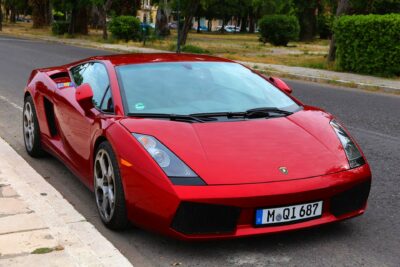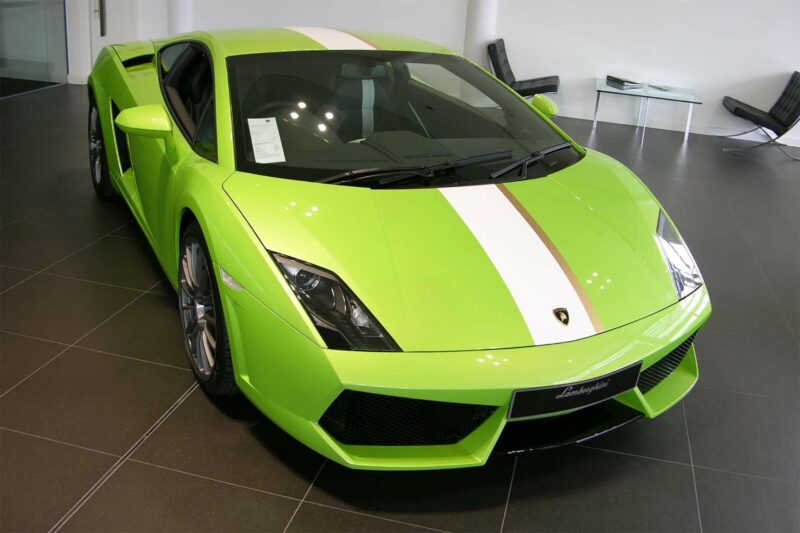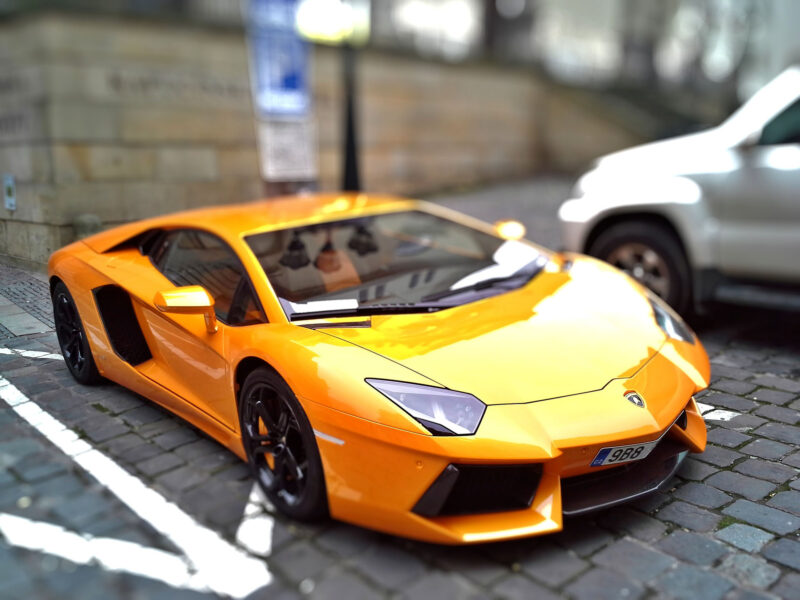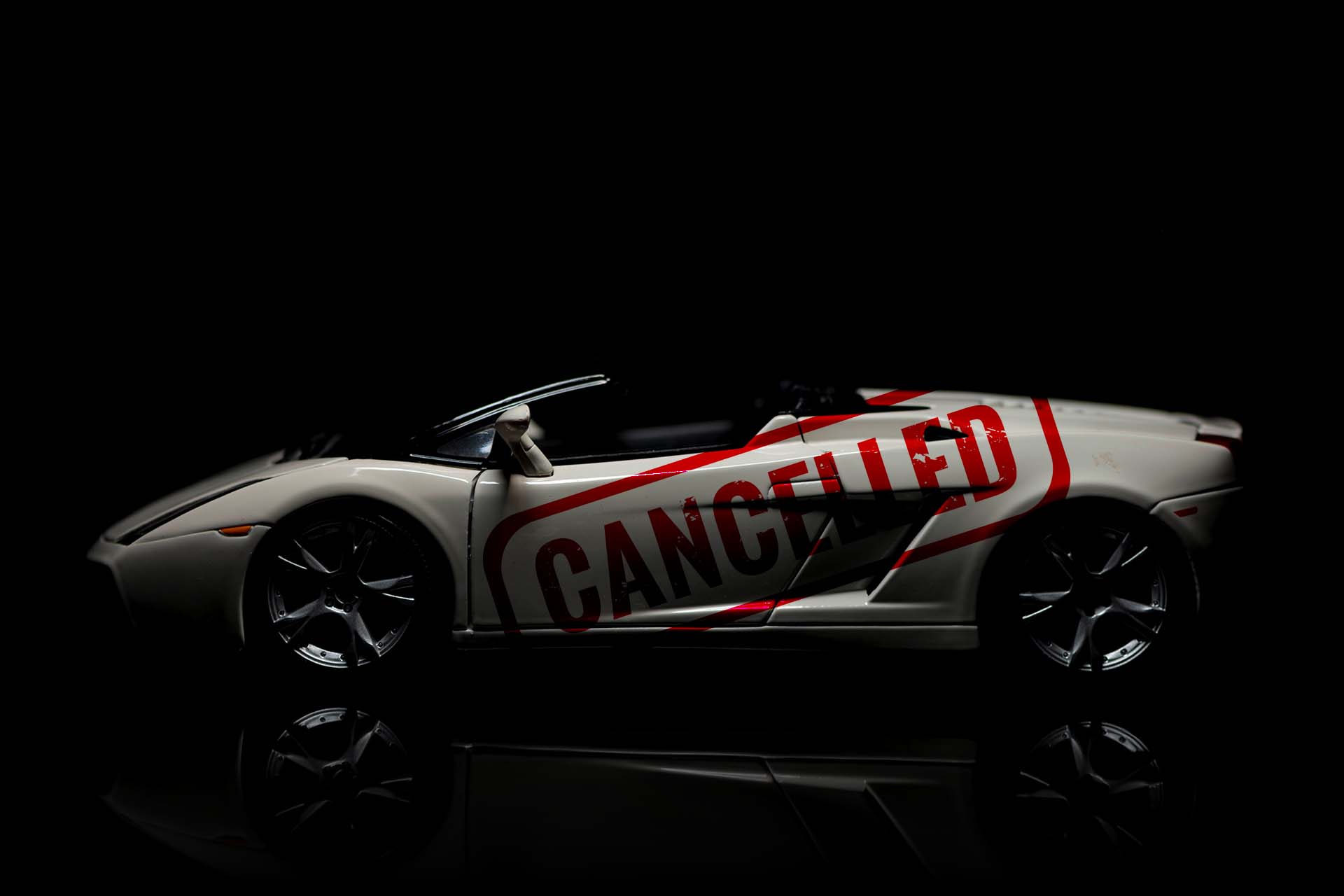Photo by Helgidinson via Adobe Stock
Lamborghini ceased production of the Gallardo in 2013 in order to make the updated Huracán.

In 2013, on a crisp autumn day in Italy, a red Gallardo convertible rolled off the factory line. It would be the last Gallardo that the Lamborghini factory would ever produce.
Why would Lamborghini stop making the Gallardo? It seems odd because the Lamborghini Gallardo was the most commercially successful model Lamborghini to that point.
They did not stop making the Gallardo because the model was unpopular. On the contrary, it was the best-selling model Lamborghini had made to that point. They sold 14,022 units over its 10-year production run.
They did not discontinue the Gallardo because the engineering was plagued with problems. The reliability of the Gallardo was significantly better than all the Lamborghini models before it. There were only two significant recalls for the Gallardo: an ECU that would dismiss trouble codes early, and a power steering pump that was leaky on only a few units.

Lamborghini stopped making the Gallardo because it had completed its production run. They stopped making it to make room for the significantly more modern Huracán.
The Lamborghini Huracán replaced the Gallardo in the model lineup and production line in the factory in Sant’Agata plant in Bolognese, Italy. The Huracán featured a transmission with better technology and more modern styling than the Gallardo.
The Gallardo badge was out because Lamborghini does not reuse model names.
Other car companies would have just kept using the name “Gallardo” for the model that became the Huracán. Both were V10 supercars targeted at first-time exotic car buyers.
Lamborghini dropped the Gallardo name because they do not reuse model names as most car companies do. Every car design has a unique model name.
Other car companies will maintain the name of the model if it is popular when redesigning and retooling it. For example, Toyota redesigned the Supra (Mk 3) in 1993 and the new design was still called the Supra (Mk 4).
When a company drops a model name, it usually means the product was unsuccessful or earned a bad reputation. This was not the case for the Gallardo.
Lamborghini, like most exotic car companies, does not maintain their model names across significant redesigns. When the cars are redesigned, the new design gets a new name. This is to make each model more limited and exclusive, which is important for many exotic car buyers.
Time for a big refresh: The Gallardo was changed incrementally nine times.
Lamborghini had made many design changes, some big and some small, to the Gallardo over its decade-long run. There were nine production versions of the Gallardo and other limited editions.
The Gallardo had a significant styling and technology update in 2008 with classier styling and a direct injection engine. The front fascia, headlights, taillights, bonnet, and rear fascia were all redesigned. The styling was classier but still looked like a Gallardo.

Five years later, Lamborghini would need to make significant changes to the chassis for the drivetrain they’d been developing. The car would also need more than a facelift to compete with the Ferrari 458 and McLaren 12C.
The Gallardo had lasted Lamborghini’s standard 10 years.
Lamborghini’s successful production models last about a decade each.
| Model | Start Year | End Year | Years Produced |
| Muira | 1966 | 1972 | 6 |
| Countach | 1974 | 1990 | 16 |
| Diablo | 1990 | 2001 | 11 |
| Murciélago | 2001 | 2010 | 9 |
Some of Lamborghini’s less successful models like the Jarama or Silhouette, or spectacular ones like the LM002 have only 3-6 year runs.
So the Gallardo had a decade-long run just as Lamborghini expected it would.
The Aventador made the Gallardo look dated.
Between 2011 and 2013, the Gallardo was sold alongside the Aventador. The Aventador looked significantly more modern and aggressive leaving the boxy lines of the Gallardo looking boring in comparison.

The Aventador marked a new direction for the styling for Lamborghini, characterized by sweeping curves and aggressive angles. There was also a much bolder use of surfacing in the industrial design, and a greater emphasis on stance and accentuating the wide and low presence of a Lamborghini.
The Gallardo is a great-looking car, don’t get me wrong. But it is more classic and less daring with its styling than the Aventador (and eventually Huracán) was and are.

Leave a Reply